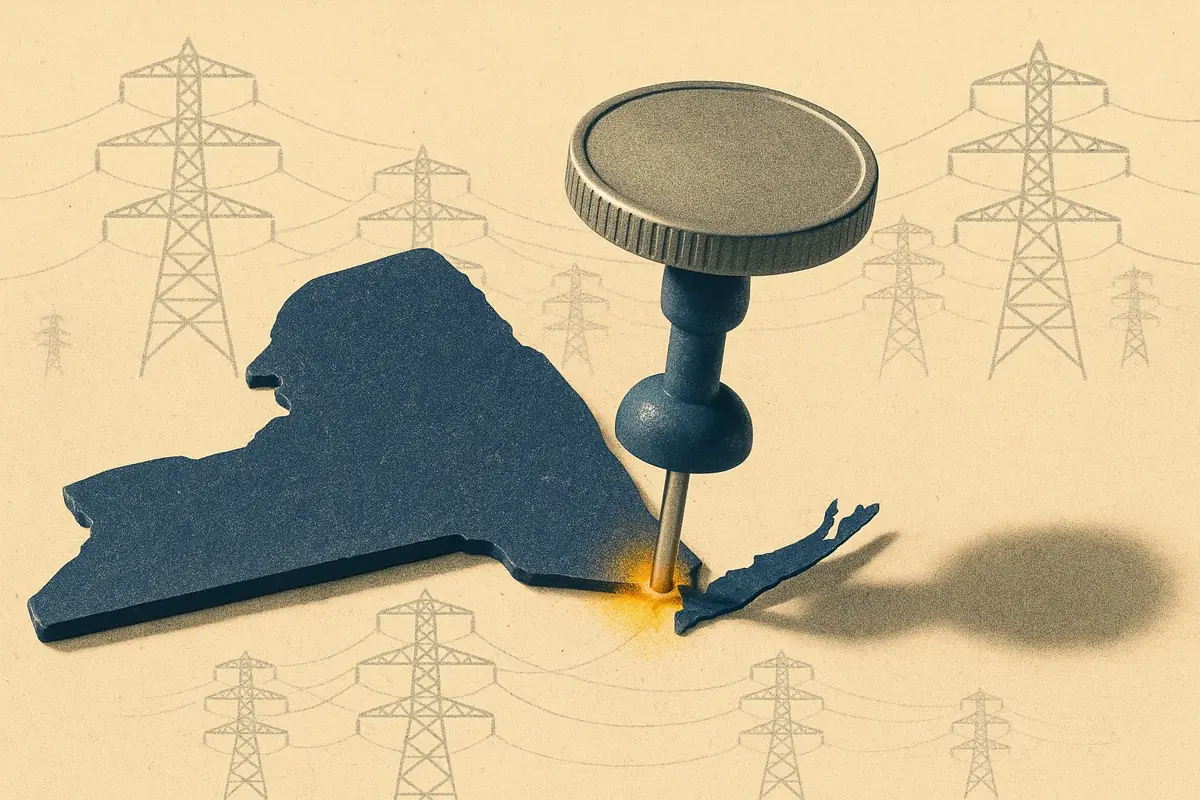Executive Summary
- CAISO’s Ancillary Services—Regulation, Spinning Reserve, and Non-Spinning Reserve—help maintain grid stability by balancing supply and demand in real time.
- Batteries can provide all Ancillary Services, adjusting output within seconds to support frequency regulation and respond to sudden system imbalances.
- The shift to more solar generation has increased the need for Regulation Down services, now procured at twice the volume of Regulation Up.
Subscribers to Modo Energy’s Research will also find out:
- How CAISO’s real-time market procures additional Ancillary Services beyond day-ahead forecasts.
- Why changes in WECC and NERC standards led to a sharp decline in Spinning Reserve procurement.
- The technical requirements for providing Ancillary Services, including AGC control and rated power thresholds.
To get full access to Modo Energy’s Research, book a call with a member of the team today.
Introduction
The California Independent System Operator (CAISO) manages the flow of electricity across 80% of California and parts of Nevada. One of its main objectives is to ensure the frequency of power on the grid stays at around 60 Hz. It achieves this by procuring and deploying Ancillary Services.
But why does frequency change? And how do the Ancillary Services correct deviations in system frequency?
System frequency is the speed at which generators on the grid are spinning. If there’s an imbalance between generation and demand, some generators slow down or speed up, causing the frequency to shift.







